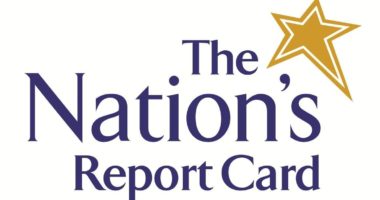Statement From The Education Trust on the U.S. Department of Education’s Guidance for State Teacher Equity Plans
WASHINGTON (November 10, 2014) — The U.S. Department of Education’s new guidance on equitable access to strong teachers creates an opportunity for action on one of the most important levers to close long-standing gaps in achievement among students. While there are excellent teachers in every community, evidence is clear: Too many students of color and low-income students don’t have the strong, well-supported teachers they need and deserve.
The guidance is an opportunity to correct this. We are hopeful about the possibilities it creates, but not naïve. The guidance could result in little more than a compliance exercise with no meaningful impact on students. Indeed, that’s what happened in 2006, the first time the Department of Education attempted to enforce the equitable access provisions in federal law.
So what makes us hopeful this time? States, districts, and educators are coming forward to own — and act on — this challenge. Consider the following examples:
- The Delaware Department of Education conducted an extensive data analysis to understand statewide staffing patterns and identify schools and districts least likely to attract and retain strong teachers. In response, state leaders created the Delaware Talent Cooperative to attract and retain effective educators in high-need schools through compensation, recognition, professional development, and leadership opportunities. And, critically, state leaders have held districts accountable for addressing within-district inequities.
- Through the long-standing Strategic Staffing Initiative, leaders in Charlotte-Mecklenburg Public Schools have worked to get especially strong principals and teachers into high-poverty schools. This initiative, a carefully crafted combination of support, flexibility, and accountability, boosted student outcomes in many Strategic Staffing schools. And, a critical perverse incentive has been removed. Teaching in a high-need school is now viewed as a status symbol.
- Educators in Boston and Washington, D.C., developed the Teacher Turnaround Team program to recruit, develop, and support effective, experienced teachers to serve as teacher leaders in high-need schools.
To be sure, these efforts are imperfect and too few in number. But they show that action is possible, even on an issue that has so many roots and is so politically fraught that it’s long been considered intractable.
Today’s guidance creates an opportunity for widespread action on behalf of low-income students and students of color. It’s now up to leaders at every level — in Washington and in statehouses, at board meetings and community meetings — to take advantage of this opportunity.
We urge leaders to step up to the challenge. And we stand ready to support those who do.
# # #






